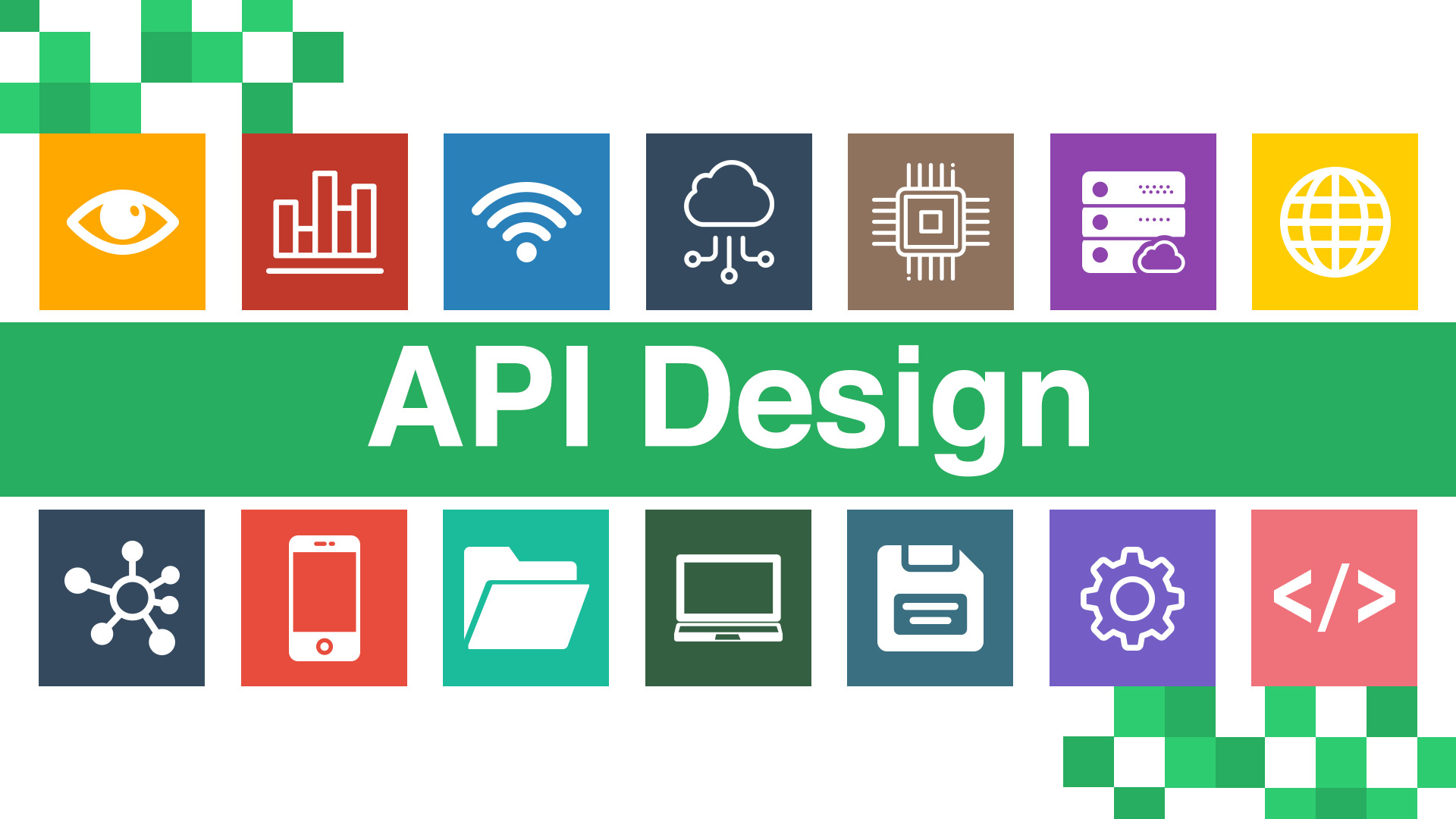There is no shortage of offers in the software solutions market for developers. However, only a few are becoming so popular that, having taken the first places in the list of the most used, they have firmly held the positions for several years in a row.
This means that the creators of such languages, development environments, and frameworks not only closely follow the latest trends in the IT market but are already setting these trends themselves.
Comparing such solutions to each other, finding out which one and by how many percent is better than the other, is a deliberately futile exercise.
Constructive analysis, instead, should concern the study of specific areas of the applications, where the use of one or another solution will be most appropriate.
Right from this perspective, we want to observe the usage of Node.js and Python in various fields — from mobile app development to creating standalone platforms for eCommerce.
Contents
Let’s start with the fundamental differences
Node.js development services have their own advantages and the following can be distinguished:
- js is the perfect backend solution for any project. As a matter of fact, right this part, invisible to the user, is called the backend in the professional environment.
- js’ architecture is designed to work asynchronously. This enables multitasking of any solution based on the tools from the Node.js arsenal. To be brief and clear, using Node.js, you don’t need to wait for one process to finish before another is started.
- The Node.js web framework software specifications allow it to be used on both the client and the server side. This implies the more compact solutions at the code level and, as a result, it makes the final product using this approach much lighter.
- js allows you to create truly cross-platform solutions — from a web application to a marketplace and online store. Products based on Node.js work on Windows, Linux, and macOS without additional converters or compilers.
Python and its unique features compared to Node.js
- Python is not a special language for developing web resources, but its syntax allows this solution to be used in this area.
- For a specialist who knows other programming languages, mastering the specifics of Python syntax will take very little time.
- Python includes numerous libraries tailored for the analysis of large data arrays.
- The Python architecture does not imply multitasking. This means that, unlike any node.js web app, Python-based solutions can only be executed sequentially. This, in turn, means a relatively low processing speed.
- Recall: the second (third and any other) process using Python can be started just after the system has received a message about the entire completion of the previous one.
Back to the Backend Development. In details
World-renowned development companies such as QArea use both solutions when developing web applications, mobile app development, and creating, for example, standalone web stores and marketplace platforms.
The exact choice of Node.js or Python depends on the range of tasks that should be solved in the first place.
Given the specifics of each of the two solutions under consideration, we can say that Node.js is most widely used when creating resources dedicated to lifestyle, computers and technology, art and entertainment, and other similar topics.
At the same time, bearing in mind the ability to work with Big Data, Python is most often used in areas related to science (in the broadest sense), sociology, engineering, as much as in process control and decision-making systems.
Node.js
- js executes the commands without using the browser. That’s why any solutions based on Node.js, in general, work very quickly and with minimal consumption of system resources.
- js’ multitasking avoids constantly loading the kernel. Instead, any required number of micro-processes and instruction-specific modules can run in parallel.
- js’s multitasking is natively built into this framework. This means that the ability to work reliably, regardless of the number of nodes (that is the reason to call this solution this way) and flexible scalability are key benefits of any Node.js-based solution by default.
Python
Python is a high-level, object-oriented, dynamic and multipurpose programming language. This explains both its many advantages and certain limitations.
- Python is significantly less scalable than Node.js. The consequence of this is that Python is almost unusable for mobile app development.
- Python can be called truly cross-platform only with a significant degree of convention. If Python-based solutions work without problems in Linux and macOS, then additional modules are required to run them in Windows.
- All things being equal, Python code has a simpler syntax and ends up more compact than Node.js-based solutions.
- Python integrates smoothly with other solutions written in such languages as C, C++, COM, ActiveX, CORBA, and Java.
When should you use Node.js, and when Python turns out to be the best choice?
As stated at the beginning, the choice between Node.js and Python is not easy at all. But to summarize, Node.js is best suited for web stores and marketplaces, real-time solutions, and content management resources.
Python will be the ideal solution for working with large amounts of diverse information, scientific and engineering computing, and decision-making systems.












